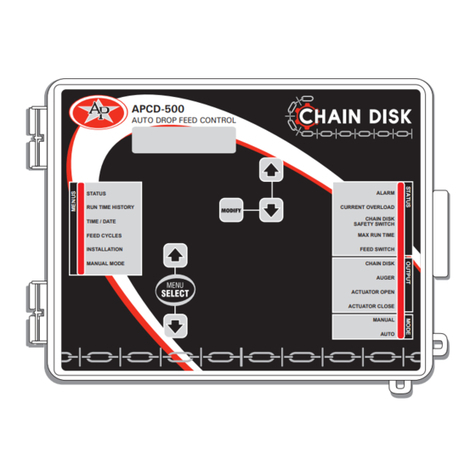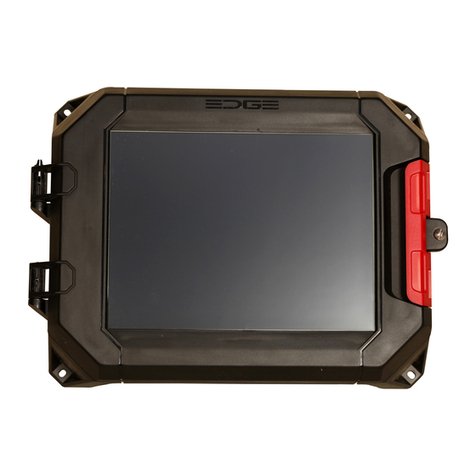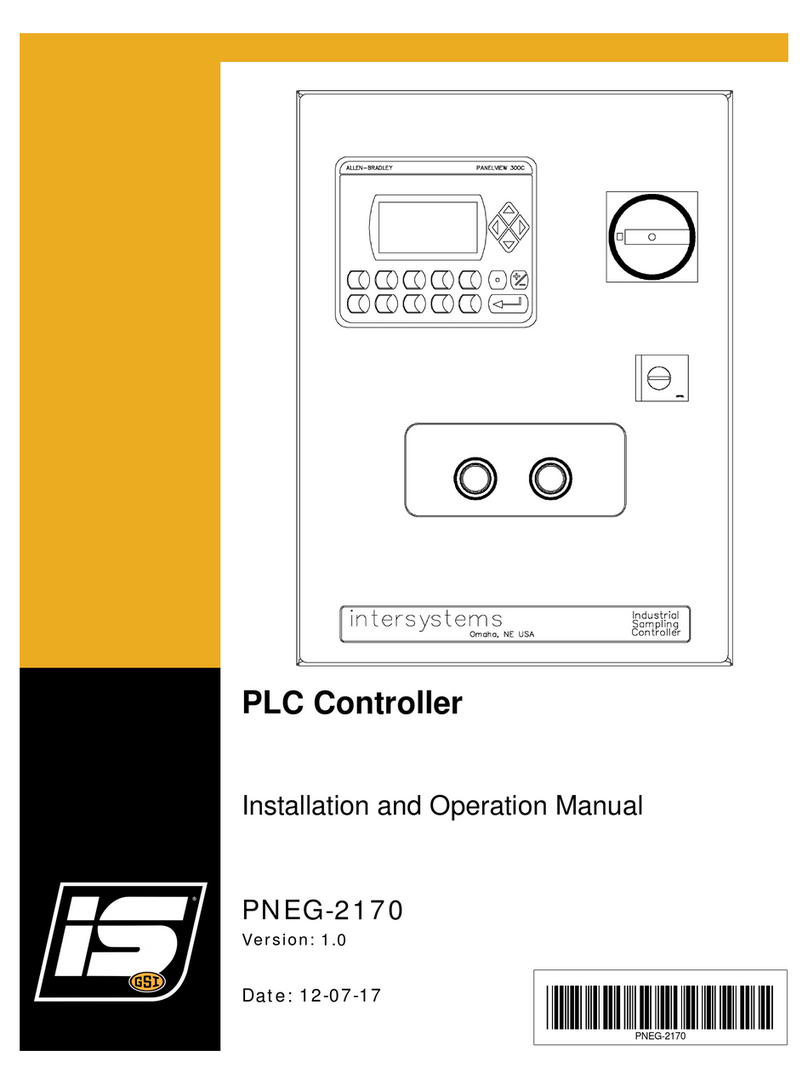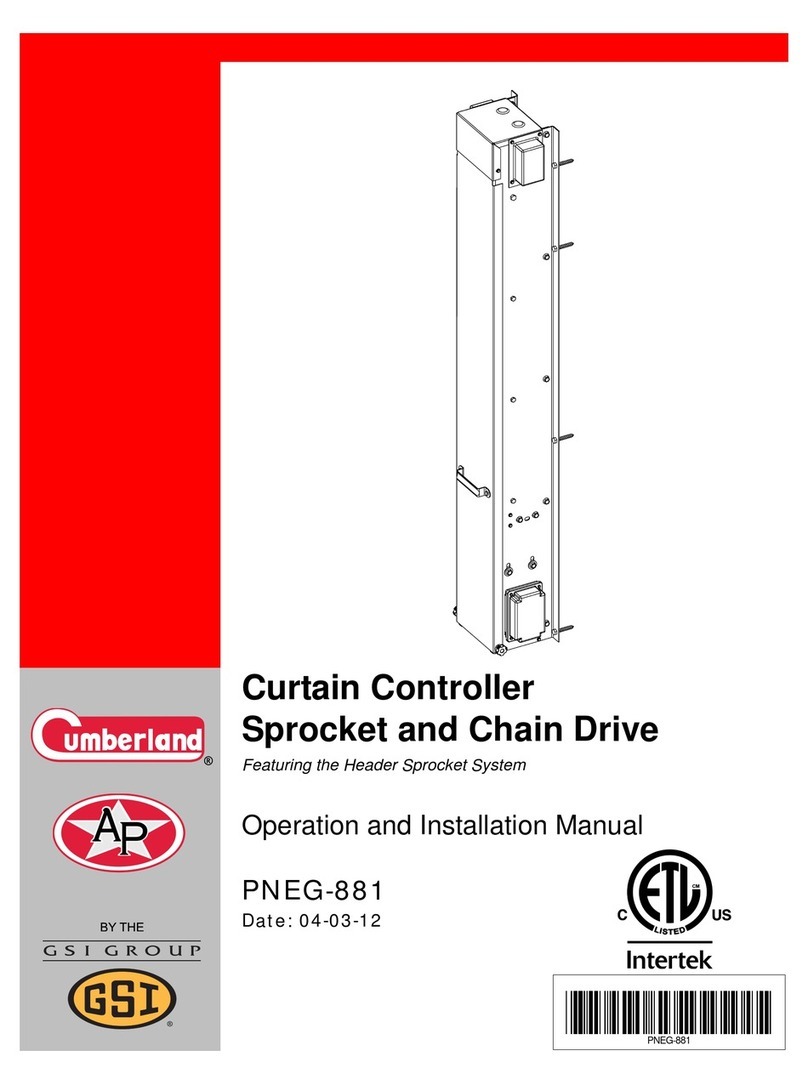
4Smart Climate 310 rev. 03
VENTILATION CONTROL.......................................................................30
MINIMUM VENTILATION ............................................................................30
Minimum Ventilation Fans:.............................................................. 30
Minimum Ventilation Stage:............................................................ 30
Low T° Override Functions ............................................................... 32
Selecting the Minimum Ventilation Stage ....................................... 32
Adjusting the Minimum Ventilation Speed ...................................... 32
Adjusting the Minimum Ventilation Timer....................................... 33
FAN STAGES ............................................................................................34
Maximum fan stage:........................................................................ 34
Variable speed Stages...................................................................... 35
First variable fan stage .................................................................... 35
Principle of operation....................................................................... 35
Outside Temperature Compensation............................................... 37
Selecting the Maximum Fan Stage .................................................. 38
Adjusting the Starting Temperature for Fan Stages ........................ 39
Setting the Bandwidth ..................................................................... 40
Adjusting the Minimum Speed of Variable Outputs ........................ 41
Displaying the Fan Speed................................................................. 42
0-10V FAN OUTPUTS............................................................................43
ADJUSTING THE STARTING TEMPERATURE FOR 0-10VOUTPUTS........................ 44
SELECTING THE MINIMUM AND MAXIMUM SPEEDS FOR 0-10V OUTPUTS........... 44
SELECTING MAXIMUM &STOP TEMPERATURES FOR THE 0-10V FAN OUTPUT .....45
SETTING THE 0-10V FAN OUTPUT'S TIMER ...................................................46
ASSIGNING T° PROBES TO THE 0-10V FAN OUTPUT ........................................ 46
DE-ICING THE FANS ...................................................................................47
De-icing process: .............................................................................. 47
Setting the Outside De-icing T°: ....................................................... 47
Setting the De-icing Cycle: ............................................................... 48
MIST COOLING.....................................................................................49
SETTING START AND STOP TEMPERATURES FOR TIMERS 1&2 ..........................50
SETTING TIMER 1&2TIME ON AND TIME OFF.............................................. 51
LIMITING MIST SHUTOFF............................................................................52
RELATIVE HUMIDITY (RH) COMPENSATION .........................................53
RH COMPENSATION –MIST SHUTOFF:.........................................................53
RH COMPENSATION –WITH HEATING UNITS: ................................................53
RH COMPENSATION –WITH VARIABLE SPEED FANS ........................................54
VIEWING THE RELATIVE HUMIDITY LEVEL.......................................................55
ADJUSTING THE RELATIVE HUMIDITY SET POINT .............................................55
































